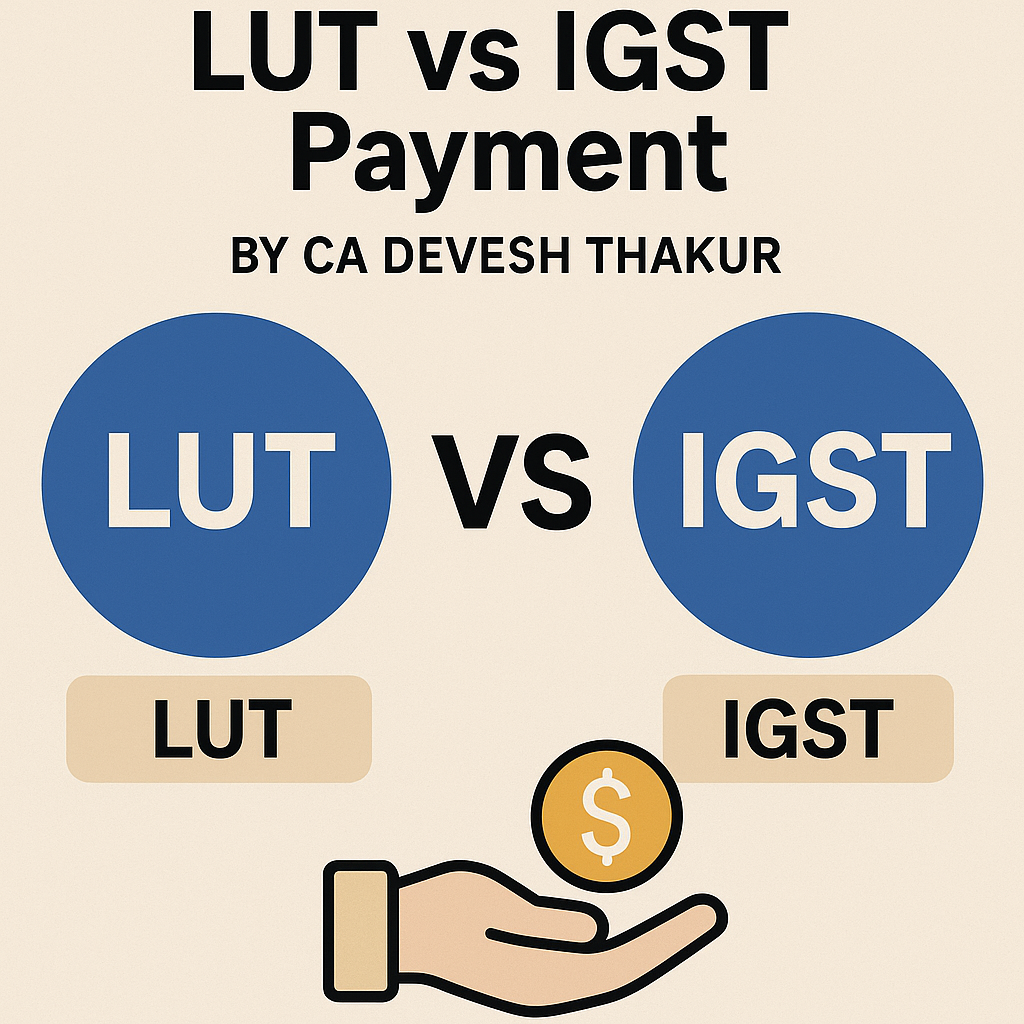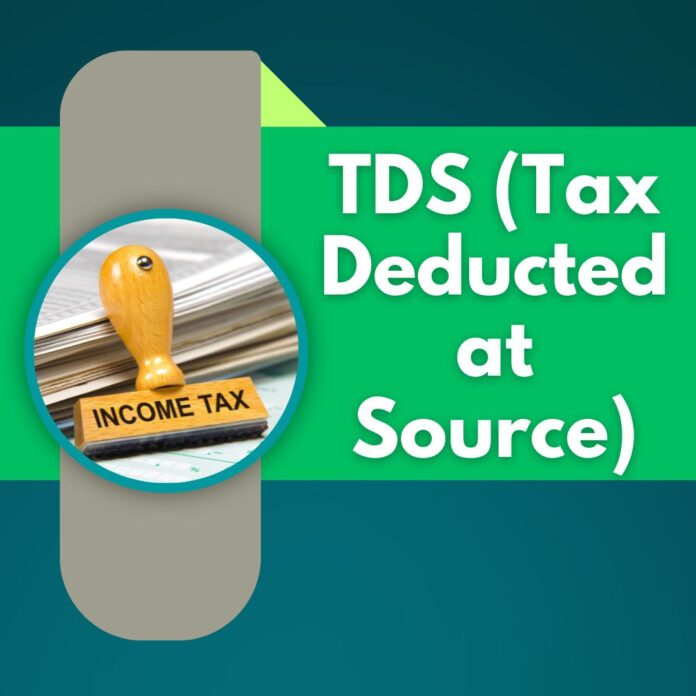Exporters from India often face a strategic choice under the Goods and Services Tax (GST) regime – whether to export goods or services without payment of tax under LUT, or to pay IGST and claim refund later.
Understanding the legal provisions, compliance process, and financial implications of both options is crucial for exporters aiming for smooth operations and optimal cash flow.
Legal Provisions under GST
Exports are “Zero-Rated Supplies”
Under Section 16 of the Integrated Goods and Services Tax Act, 2017, exports are considered zero-rated supplies, meaning:
- The supply is tax-free, and
- Exporters are eligible to claim Input Tax Credit (ITC).
Two Methods to Export Under GST
As per Rule 96A of the CGST Rules, 2017, an exporter can choose one of the following routes:
1️⃣ Export under LUT (Letter of Undertaking)
File Form GST RFD-11 and export without paying IGST.
2️⃣ Export with IGST Payment
Pay IGST on export invoices and later claim a refund under Section 54 of the CGST Act, 2017.
📄 What is LUT – Letter of Undertaking?
LUT (Form GST RFD-11) is a declaration filed by an exporter to the GST Department, confirming that:
- Goods/services will be exported within the time frame specified under Rule 96A
- All GST rules will be followed
- If export is not completed within time, IGST + 18% interest will be paid
📌 Relevant Rule: Rule 96A of CGST Rules, 2017
Important:
Exporting without a valid LUT is considered non-compliance, and may attract penalties and tax liability.
Conditions & Procedure for Filing LUT
| Requirement | Description |
| Eligibility | Any registered person exporting goods/services without tax |
| Restriction | Not allowed if prosecuted for tax evasion above ₹2.5 crore |
| Form Used | GST RFD-11 |
| Filing Frequency | Annually, before 1st April of each year |
| Where to File | Online via gst.gov.in |
| Supporting Docs | Previous LUT, DSC/ EVC authentication |
📍 LUT must be accepted by the Jurisdictional GST Officer and kept on record.
What is Export with IGST Payment?
Exporters also have the option to:
- Issue invoices with IGST charged
- Pay the IGST amount at the time of supply
- Claim refund of the IGST paid through GSTR-1 and GSTR-3B matching
📌 Relevant Section: Section 54 of the CGST Act, 2017 + Rule 89 of CGST Rules
🔍 Pros & Cons of Both Methods
✔️ LUT (Without Tax Payment)
- ✅ No working capital blockage
- ✅ Simple declaration, no refund process
- ❌ Requires timely export and compliance
- ❌ Needs annual renewal
✔️ IGST Payment with Refund Claim
- ✅ Refund of IGST allowed on paid amount
- ✅ Ideal when exporter has accumulated ITC
- ❌ Involves cash outflow
- ❌ Refund delays can affect liquidity
Comparative Summary: LUT vs IGST Payment
| Criteria | LUT (Letter of Undertaking) | IGST Payment & Refund |
| Tax Payment | Not required | Required upfront |
| Form Required | GST RFD-11 | No special form, use GSTR-1 & 3B |
| Refund Process | Not needed | Required |
| Cash Flow | No blockage | Cash gets blocked until refund |
| Timeline Compliance | Mandatory as per Rule 96A | Export must match GSTR entries |
| Penalty for Non-compliance | IGST + 18% interest if export fails | N/A (refund rejection possible) |
| Filing Frequency | Once a year | Monthly/quarterly returns |
| Best For | MSMEs, cash-conscious exporters | High-volume exporters with ITC |
📌 Conclusion
For most exporters, LUT is the smarter choice due to ease of compliance and cash flow efficiency. However, in scenarios where refunds are quick or ITC utilization is strategic, the IGST route may also be viable.
🔔 Always consult your tax advisor before choosing the export route.




